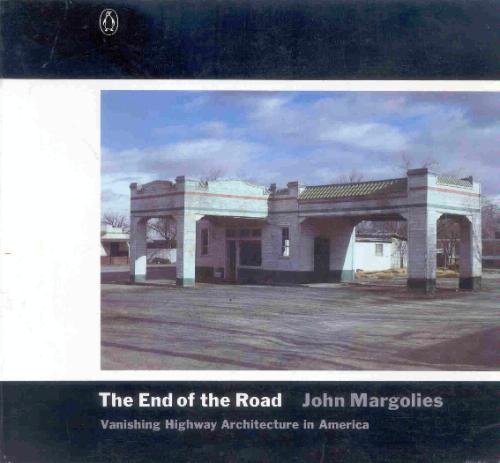Allen Blairman was an American jazz drummer best known for his recording with Albert Ayler and Mal Waldron known. He is known for such recordings as Nuits de la Fondation Maeght (1970) with Albert Ayler.
Tag Archives: 1940
RIP Gianni Cavina (1940 – 2022)
Two actors died. Both played a role in paracinema.
The first is the Canadian actor Lawrence Dane (1937-2022) who is best-known for his part in Scanners (1981), the Cronenberg film forever famous for its exploding head scene.
The second is the Italian actor Gianni Cavina best-known for his parts in The House with Laughing Windows (1976) and Traffic Jam (1979).
Traffic Jam is reminiscent of the eight minute traffic jam scene in Weekend by Truffaut which is based on the infinitely more interesting short story “La autopista del sur” by Julio Cortázar.
RIP Jimmie Durham (1940 – 2021)
Jimmie Durham was an American sculptor and pretendian.
He is known for such works as Still Life With Spirit and Xitle (2007).
It features a 1992 Chrysler Spirit smashed by a 9-ton boulder of red basalt from the Mexican volcano Xitle.
Durham gave the stone a cartoon-like face afterwards. As of 2021, it was located at the Hirshhorn Museum and Sculpture Garden.
RIP Clive Sinclair (1940 – 2021)
Clive Sinclair was an English entrepreneur and inventor.
He invented the first really cheap computer (ZX80) and one of the very first mass-produced electrical vehicles (Sinclair C5).
RIP Jean-Luc Nancy (1940 – 2021)
Jean-Luc Nancy (1940 – 2021) was a French philosopher known for such works as The Inoperative Community (1982) which starts like this:
“The gravest and most painful testimony of the modern world, the one that possibly involves all other testimonies to which this epoch must answer (by virtue of some unknown decree or necessity, for we bear witness also to the exhaustion of thinking through History), is the testimony of the dissolution, the dislocation, or the conflagration of community.
RIP Chuck Close (1940 – 2021)
Chuck Close was an American artist working in portrait painting and photography known for his massive-scale photorealist and/or hyperrealist portraits of himself and others, which hang in collections internationally.
Well known works include Big Self-Portrait (1968).
RIP John Margolies (1940 – 2016)
This will have happened five years in two days, but I only found out today.

John Margolies was an American architectural critic and photographer.
I just spent (while researching the fantastic Jacques Moeschal) two hours intermittently trying to find the title of the book on roadside architecture I sold five years ago and then I found out that it is the one above: The End of the Road: Vanishing Highway Architecture in America (1981).
The link with Moeschal being that with lots of irreverence (I love the word, as well as the practice of irreverence) you can call the ‘signs’ of Moeschal ‘roadside attractions’.
RIP Jon Gibson (1940 – 2020)
RIP Jon Gibson was an American musician and visual artist.
Gibson’s death happened in 2020 but I forgot to give it attention.
Maybe I did not find the right record to play with it.
Today, via The Saturn Archives, a recently discovered high quality music channel on YouTube, I give you Two Solo Pieces (1977).
The beginning is a highly accomplished drone piece. The end is a piece with gamelan echoes.
RIP Richard Corben (1940 – 2020)
Richard Corben was an American illustrator and comic book artist.
I liked his coloring.
Here the short film Neverwhere, from the film Heavy Metal.
He said sweet things about my hero Tanino Liberatore’s creation RanXerox.
RIP Johnny Nash (1940 – 2020)
Johnny Nash was an African-American singer-songwriter, best known for his 1972 hit “I Can See Clearly Now“.
On the Belgian popcorn scene, popular recordings of Nash included “Some of Your Lovin'”, “Old Man River”, “Moment of Weakness”, “Kisses”, “I’m Leaving”, “I’m Counting On You” and “Don’t Take Away Your Love”.
